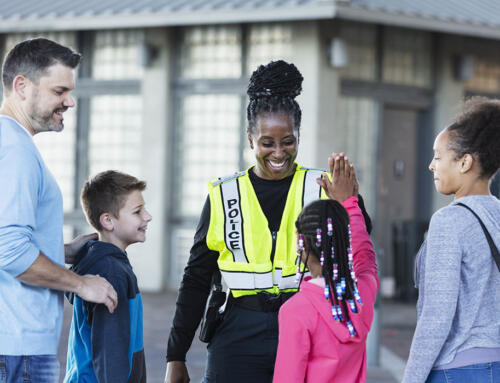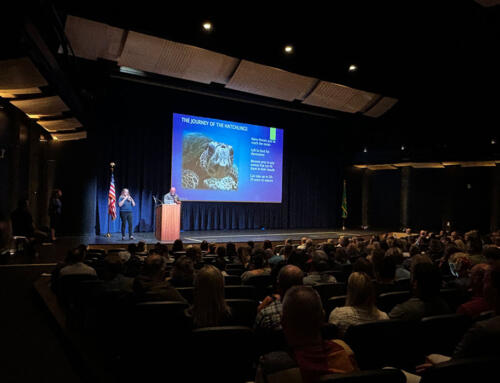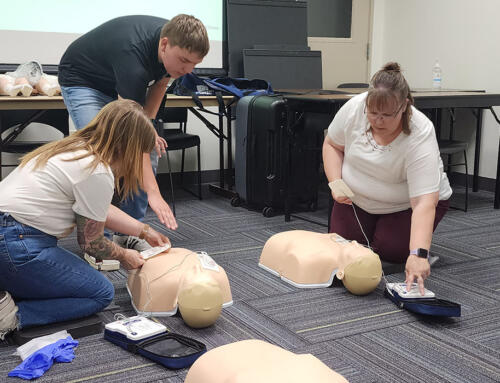Whether you drive for your job or merely commute to and from work, you need to be aware of deer entering the roadway. Although motor vehicle-deer collisions can happen year-round, one-half to two-thirds of deer collisions occur in October and November, according to the Washington Department of Fish and Wildlife.
Here are some driving tips to help prevent collisions:
- Be especially alert from sunset to midnight and during the hours shortly before and after sunrise, when deer are most active.
- Take note of deer-crossing signs. Scan down the road and off to each side. Be watchful in areas where roads divide agricultural fields from forestland and near water. Deer seldom run alone. If you see one deer, there are probably several others nearby.
- When driving at night, watch for reflections from your headlights. Deer eyes may reflect the light, and spotting the reflection could give you more time to react. Be aware that headlights confuse deer and may cause them to move erratically or stop.
- If you see a deer far ahead, flick the brights on and off multiple times. Deer tend to fixate on headlights, so flashing them may cause the animal to dart away.
- Slow down and prepare to stop as soon as you see a deer. In addition, slow down if other drivers are slowing down or braking, which may indicate the presence of deer.
- Brake firmly when you notice a deer in or near your path, but stay in your lane. Many serious crashes occur when drivers swerve to avoid a deer and hit another vehicle or lose control of their cars.
If you do hit a deer, move your car to a safe place; call the police as you would for any accident; photograph the damage, animal, and scene to accompany your accident report; and make sure your vehicle is safe to drive (no leaking fluid, tire damage, etc.) before leaving the scene. Do not touch the animal. A frightened and wounded deer can hurt you or further injure itself.





 ESD 112 equalizes educational opportunities for learning communities through innovative partnerships, responsive leadership, and exceptional programs.
ESD 112 equalizes educational opportunities for learning communities through innovative partnerships, responsive leadership, and exceptional programs.